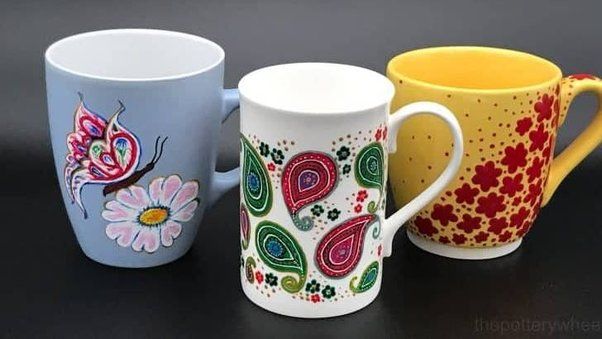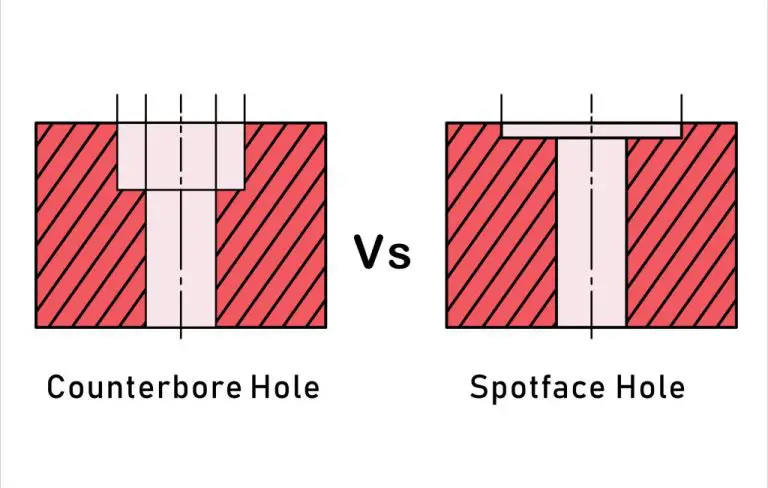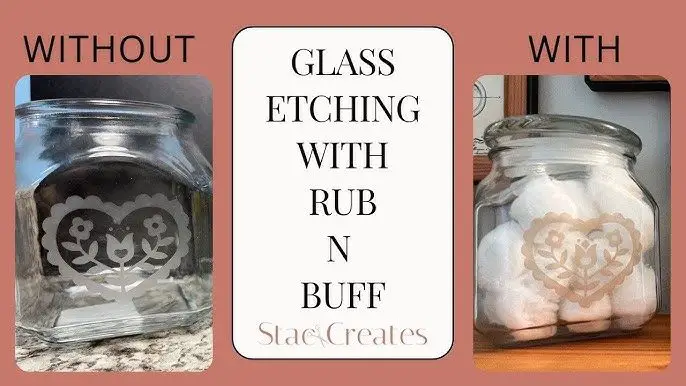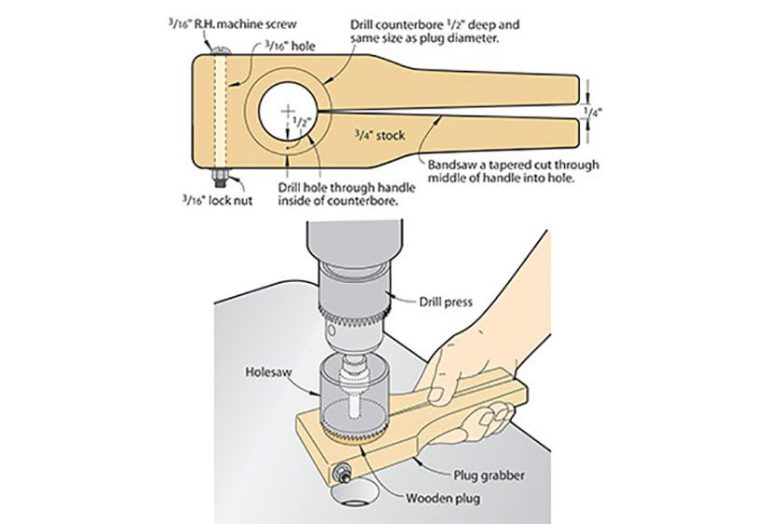What Type Of Paint Is Best For Ceramics?
Painting ceramic items has been a popular craft and art form for centuries. Ceramics like pottery, porcelain, stoneware, and terra cotta provide a versatile canvas that can be decorated in endless ways with paint. Painted ceramics are commonly used for dishes, mugs, vases, figurines, tiles, and more. The purpose of painting ceramics includes decorating, adding color, creating designs, and making the pieces unique or personal.
There are various types of paint that can be used on ceramics, each with their own properties and best uses. The main categories are acrylics, oils, and enamels. It’s important to properly prep and prime the ceramic piece, apply the paint, and bake or fire the item to seal in the paint. With the right techniques, painted ceramics can become beautiful works of art.
Prep Work
Properly preparing the ceramic surface is crucial for getting the best results when painting. According to Dick’s Sporting Goods customer service representative Brianna Mitchell, the first step is cleaning the ceramic piece thoroughly with soap and water or alcohol to remove any oils or debris (Mitchell). This ensures the paint properly adheres to the ceramic.
Next, apply a primer specifically formulated for ceramics, like Triple Thick or Krylon Primer (https://newspaperarchive.com/us/ohio/coshocton/coshocton-tribune/1973/03-15/page-6/). Priming fills in any small pores and gives the paint an ideal surface to cling to. Allow the primer to fully dry as recommended on the product label before painting.
Acrylic Paint
Acrylic paint is a popular choice for painting ceramics and pottery. It is water-based, quick-drying, and provides good coverage on porous surfaces like unglazed ceramics and terra cotta. Acrylic is flexible when dry, so it can flex if the ceramic expands and contracts with temperature changes.
Some key advantages of acrylic paint for ceramics:
- Dries quickly, so you can add multiple coats in one painting session
- Available in many colors, finishes, and transparencies
- Water-based so brushes can be cleaned with water
- Adheres well to surfaces and rarely chips or cracks
Some potential disadvantages:
- Requires sealing for protection and to achieve a glossy look
- Can be difficult to remove once dry if you make a mistake
- Has potential to fade over time with sunlight exposure
Popular brands for painting ceramics and pottery include Liquitex, Apple Barrel, FolkArt, and Liquitex Basics. These all offer good coverage in a wide range of colors like primary colors, metallics, neons, and more.
Oil-Based Paint
Oil-based paints, also known as enamel paints, are a popular choice for painting ceramics. Oil-based paints consist of pigments suspended in a drying oil such as linseed or safflower oil. The oils allow the paint to flow smoothly and provide a durable, glossy finish.
Some key pros of oil-based paints for ceramics are that they are very durable, chip-resistant, and provide vivid colors. The cons are that they take longer to dry compared to other paint types, have a strong odor, and require solvent for cleanup.
Popular brands of oil-based ceramic paint include Pebeo Vitrea, Liquitex Professional Oil Paints, Winsor & Newton Artists’ Oil Paint, and Gamblin 1980 Oil Paints. These paints come in a wide variety of bright, saturated colors perfect for ceramic work.
Overall, oil-based paints are a good choice for painting designs on ceramics when you need durability and a glossy look. They do require more safety precautions than other paint types when applying.
Enamel Paint
Enamel paint is a type of paint that produces an extremely hard, glossy and durable finish. It is oil-based and contains strong solvents that allow it to dry rock hard. The name comes from the fact that enamel paint has qualities similar to the enamel coating used on appliances and plumbing fixtures. Enamel paint is commonly used on surfaces like ceramics, glass, wood, metal and even canvas (ref: https://www.pinterest.es/pin/608900812098564960/).
Some key benefits of using enamel paint on ceramics include:
- Extremely durable finish – Enamel paint bonds very tightly to ceramic and creates a finish that is resistant to chipping, cracking, fading and yellowing over time.
- High gloss – The smooth, hard finish has a beautiful glossy shine when cured.
- Vibrant colors – Enamel paints come in a wide variety of opaque, rich colors that really stand out on ceramics.
To apply enamel paint to ceramics:
- Make sure the ceramic surface is clean and dry.
- Apply a primer coat first for better adhesion.
- Use a small brush to carefully apply thin, even coats of enamel paint.
- Allow each coat to fully cure before adding another coat.
- Finish with 1-2 coats of clear enamel sealer for added protection.
Choosing Paint Finish
When choosing a paint finish for ceramics, you’ll need to decide whether you want a matte or glossy look. Matte finishes don’t have any shine and create a smooth, flat appearance. Glossy finishes have a shiny, reflective surface.
Matte finishes are ideal if you want to avoid glare on functional pieces like mugs or bowls. The lack of shine also means that fingerprints and minor imperfections don’t show up as noticeably. However, matte finishes can make details look less crisp.
Glossy finishes make ceramic pieces look clean, bright and vibrant. The sheen helps accentuate any decorative details. But glossy finishes also highlight any tiny flaws. Glossy paints are best for purely decorative ceramics where appearance is most important.
You can also choose semi-gloss paints which fall somewhere in the middle for a subtle sheen. Satin finishes are slightly glossier than matte but not nearly as shiny as high-gloss paints. The finish you choose impacts the overall look and feel of the ceramic piece.
Applying the Paint
There are two main techniques for applying paint to ceramics: using a brush or using a sponge.
Brushes allow for more control and precision when painting details and outlines. Round brushes work best for smooth, even strokes. Use high-quality synthetic bristles that hold their shape well. It’s often best to use a series of brush sizes for versatility.
Sponges create a stippled texture and soft blended edges. Natural sea sponges work best. Cut or tear the sponge into a shape that fits your surface. Apply dabs of paint in a random stippling pattern, overlapping the colors. Sponging works well for blending and graduated effects.
In general, acrylic and enamel paints will require 2-3 thin coats for good coverage on bisqueware ceramics, allowing drying time between coats. Oil-based paints may only require 1-2 coats due to higher pigment levels. Always read the manufacturer’s recommendations.
Allow the recommended drying times between coats. Firing or sealing too soon can cause cracking or trapped moisture.
Baking/Firing
Yes, baking or firing painted ceramics is an essential step to set the paint and make it permanent. The high heat from baking fuses the paint to the ceramic material. Without properly baking, the paint may chip, fade or scratch off easily.
For small ceramic pieces, a standard kitchen oven can be used for baking. Set the oven to the highest temperature, typically around 500°F. Place the ceramic piece directly on the oven rack and allow it to bake for 10-15 minutes. Check the manufacturer’s instructions for the paint used for specific baking instructions.
For larger ceramic pieces, electric, gas or wood-fired kilns are necessary to generate sufficient heat. Kilns allow heating pieces evenly and can reach much higher temperatures of over 1000°F. Firing in a kiln for 30-60 minutes ensures the paint is fully fused to the ceramic material. See this source for more on using kilns for ceramics.
Sealing the Paint
After spending time painting your ceramic piece, it’s important to seal it to protect the paint and give it a finished look. Sealing serves multiple purposes:

Protects the paint from chipping, fading, or wearing off over time. A good sealant creates a protective barrier over the paint.
Provides an even, uniform surface and sheen. It gives the paint a smoother, consistent finish.
Locks in the colors so they remain vibrant. Sealant prevents UV rays and other environmental factors from dulling or altering the paint.
Different types of paint require specific sealants in order for maximum protection and longevity. For acrylic paint on ceramics, a water-based acrylic sealer like Duncan Ceramic Spray Sealer works well to seal the paint without reacting to it. Oil-based paints perform best with oil-based sealants. Enamel paints require a sealer formulated for enamel, such as an enamel topcoat spray. Always check the manufacturer’s recommendations for the optimal sealer to use with your chosen paint.
Painting DOs and DON’Ts
Here are some pro tips for achieving great results when painting ceramics as well as common mistakes to avoid:
Mistakes to Avoid
- Don’t start painting without properly cleaning and prepping the ceramic surface first. Any debris or oils can prevent the paint from adhering properly (Montmarte).
- Don’t forget to seal your painted ceramic after. Leaving it unsealed makes the paint vulnerable to chipping and fading over time (Montmarte).
- Don’t use too much water when thinning acrylic paints. Overdiluting the paint can make it runny and hard to control.
Pro Tips for Great Results
- Always test your paint colors on a sample tile first before painting the final ceramic project. This allows you to perfect the colors and techniques first.
- Use painter’s tape and masking fluid to create sharp edges and crisp lines.
- Work in thin layers when building up colors. Thick layers of acrylic paint can crack when fired.
- Let each layer of paint dry fully before adding another layer on top. This prevents blending and muddying of the colors.






